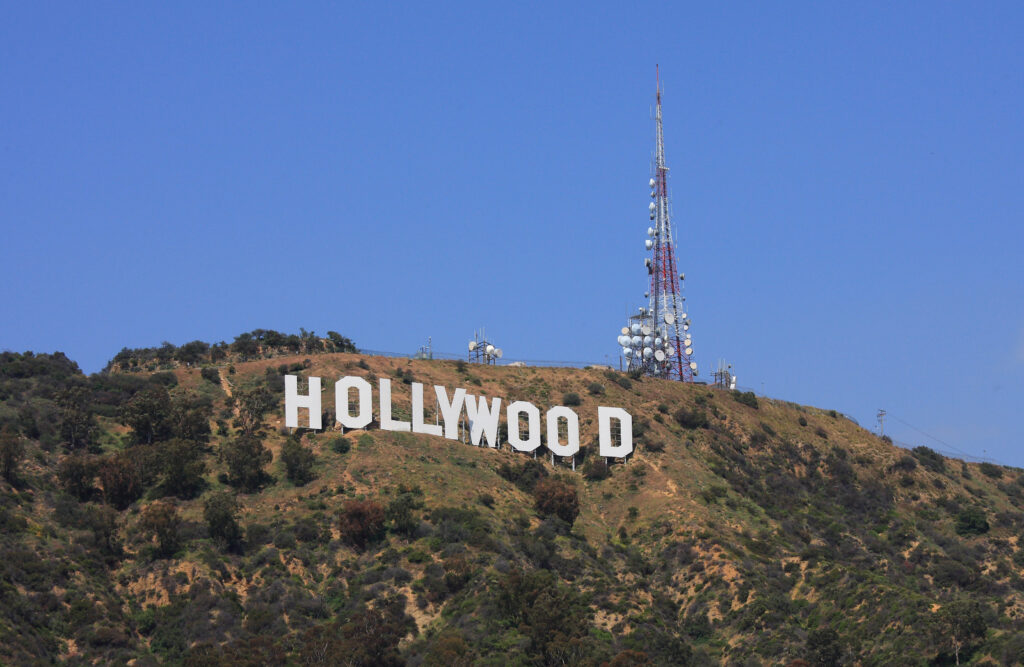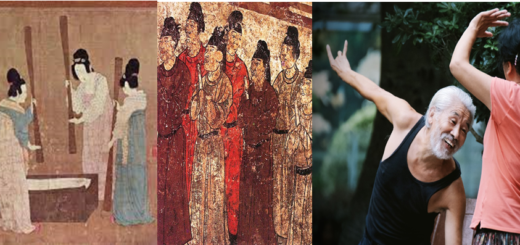The Hollywood Golden Age
The Hollywood Golden Age refers to a period in the history of the American film industry that roughly spans from the late 1920s to the early 1960s. It was characterized by significant technological and artistic advancements in filmmaking, the establishment of the studio system, the rise of iconic film stars, and the production of numerous classic films. Here are key points about the Hollywood Golden Age:-

Historical Context
Introduction of Sound
The transition from silent films to “talkies” occurred with the release of “The Jazz Singer” in 1927, marking a major technological shift.
Great Depression
Despite economic challenges during the Great Depression, the film industry thrived as people sought entertainment and escapism.
Studio System
Major Studios
Hollywood was dominated by major studios, such as MGM, Warner Bros., Paramount, RKO, and 20th Century Fox, which controlled most aspects of film production, distribution, and exhibition.
Contract System
Studios signed actors, directors, and other talent to exclusive contracts, providing a stable workforce.
Vertical Integration
Studios owned their own theaters, ensuring a consistent outlet for their films.
Iconic Film Genres
Musicals
Musicals, featuring elaborate song-and-dance numbers, gained popularity with films like “Singin’ in the Rain” (1952) and “The Wizard of Oz” (1939).
Film Noir
A genre characterized by crime, mystery, and a dark, atmospheric style, with classics like “Double Indemnity” (1944) and “The Maltese Falcon” (1941).
Westerns
Westerns, set in the American West, were exemplified by the work of directors like John Ford, including films like “Stagecoach” (1939).
Hollywood Stars
Studio System Stars
Icons like Clark Gable, Bette Davis, Humphrey Bogart, and Marilyn Monroe were synonymous with the era.
Mega Stars
Cary Grant, Katharine Hepburn, James Stewart, and Audrey Hepburn became legendary figures with enduring popularity.
Technological Advancements
Technicolor
The introduction of Technicolor brought vibrant color to films, enhancing visual appeal.
Cinemascope
Widescreen formats like Cinemascope aimed to provide a more immersive viewing experience.
Awards and Recognition
Academy Awards
The Oscars, introduced in 1929, became a prestigious annual event honoring excellence in filmmaking.
End of the Golden Age
Television Impact
The rise of television in the 1950s posed a challenge to the film industry, leading to changes in production and distribution.
Hollywood Blacklist
The industry was affected by the Hollywood Blacklist, a period of political censorship during the McCarthy era.
Transition to New Hollywood
The 1960s marked a shift in filmmaking styles and content, leading to the decline of the traditional studio system.
The Hollywood Golden Age left an indelible mark on the history of cinema, with its enduring influence evident in the classic films and iconic stars that emerged during this era.









